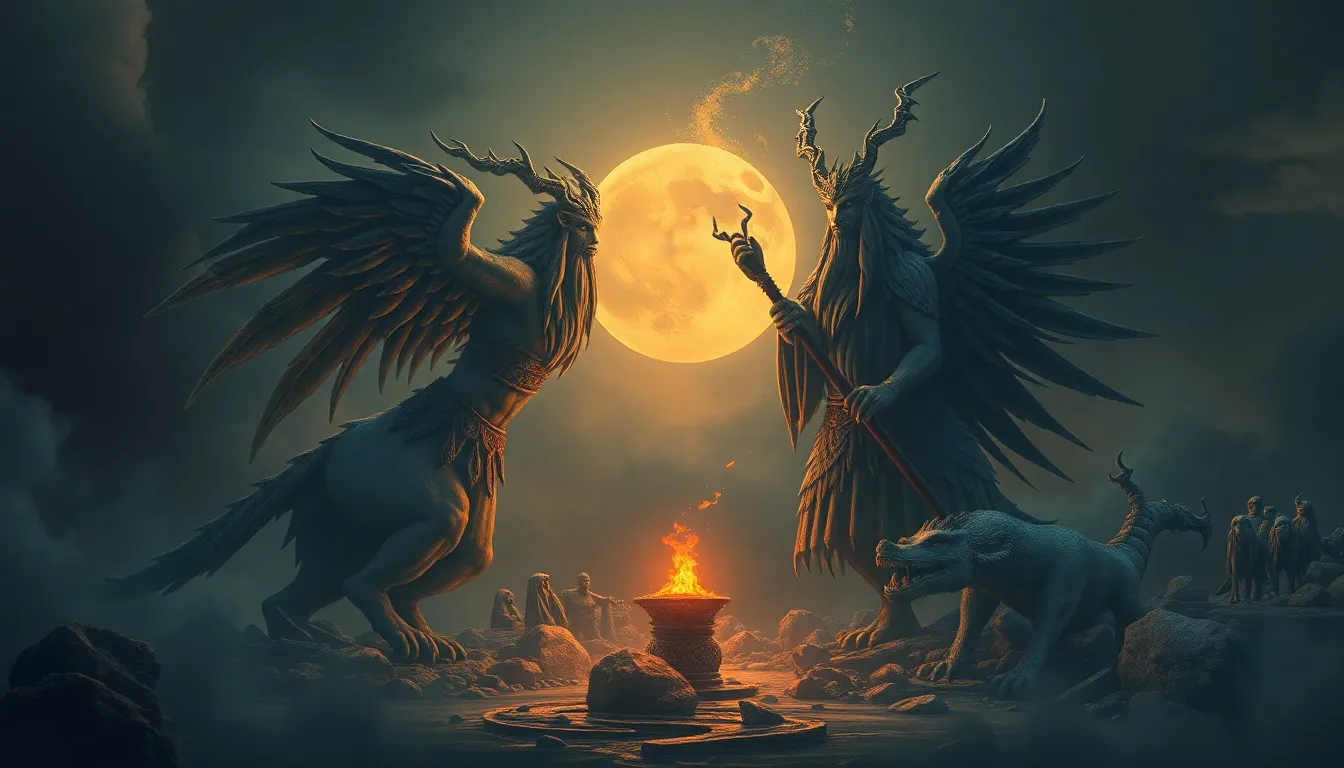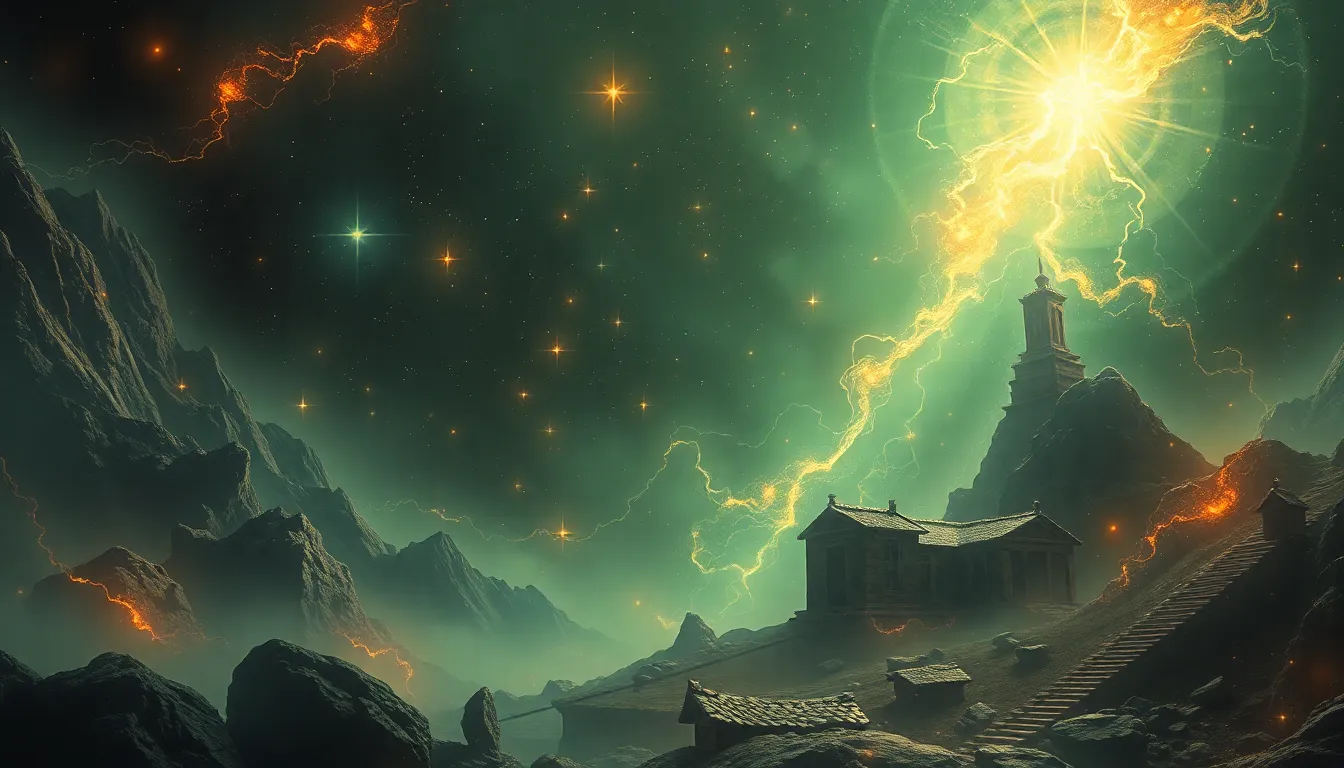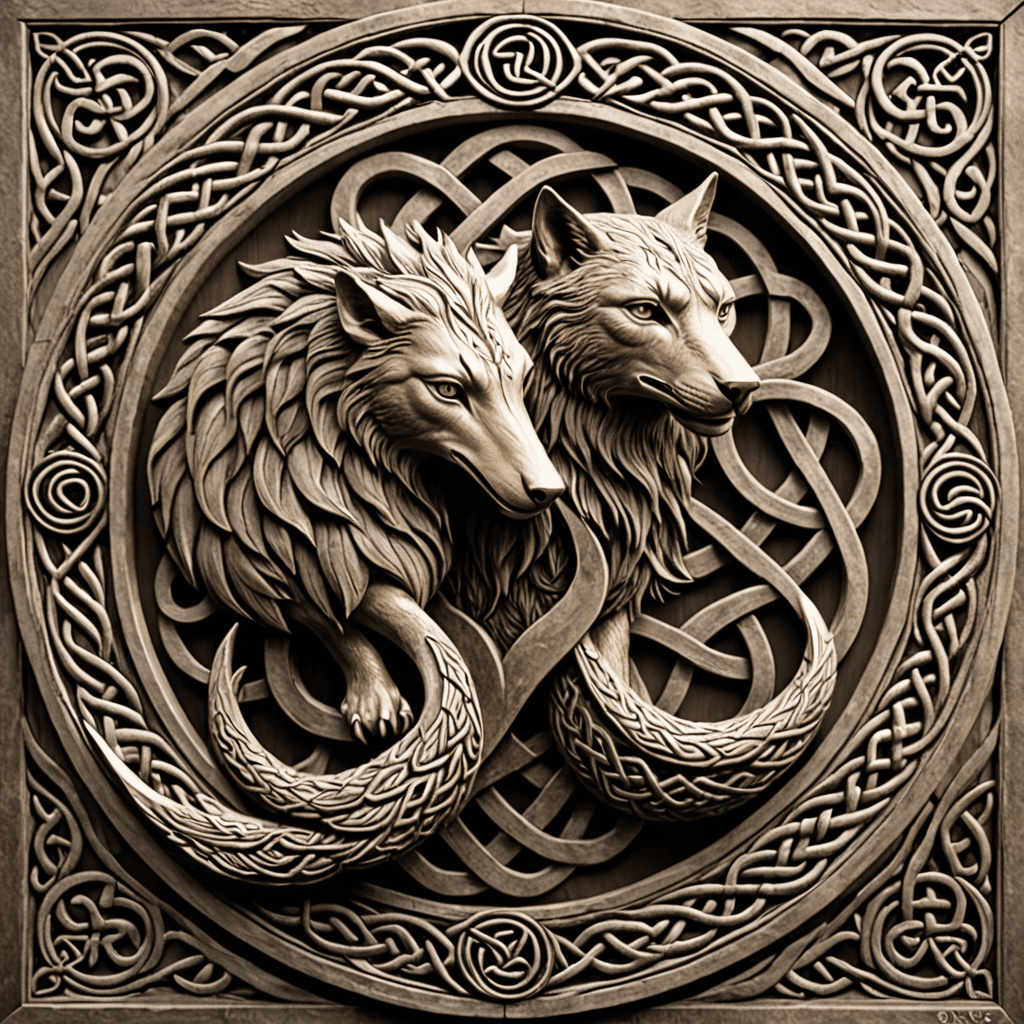The Mythical Legacy of Cultural Heroes in Art and Literature
I. Introduction
Cultural heroes are figures that embody the values, beliefs, and ideals of a particular culture. They often represent the pinnacle of human qualities, serving as role models for society. These heroes can be found in myths, legends, and stories that have been passed down through generations. Myths play a crucial role in human history, acting as a mirror reflecting the aspirations and struggles of people.
This article aims to explore the significance of cultural heroes in art and literature, examining how they shape cultural identity, inspire modern narratives, and challenge traditional notions of heroism.
II. The Role of Myth in Shaping Cultural Identity
A. Understanding myth: definitions and interpretations
Myth can be defined as a traditional story, typically involving supernatural beings or events, that explains a cultural phenomenon or the origins of a people. Interpretations of myths vary, with some viewing them as allegorical narratives that hold moral lessons, while others see them as historical accounts of real events.
B. How myths reflect societal values and beliefs
Myths are deeply rooted in the values of the societies that create them. They often embody ethical principles, societal norms, and collective memories. For instance, the myth of Prometheus in Greek mythology highlights themes of defiance, knowledge, and sacrifice, reflecting the value placed on intellectual pursuit and rebellion against tyranny.
C. The connection between cultural heroes and national identity
Cultural heroes often symbolize the spirit of a nation. They can unify people by providing a shared narrative of bravery, sacrifice, and resilience. For example, figures like George Washington in the United States or Mahatma Gandhi in India serve as embodiments of national identity and ideals, transcending their individual stories to become symbols of cultural pride.
III. Archetypes of Cultural Heroes
A. Common characteristics of heroes across cultures
Despite the diversity of cultures, several common traits are often found in hero archetypes:
- Bravery: Heroes face dangers and challenges head-on.
- Selflessness: They often put others’ needs before their own.
- Transformation: Heroes typically undergo significant personal growth.
- Leadership: They inspire and guide others towards a common goal.
B. Examples of archetypal heroes in various traditions
Across different cultures, we can find many archetypal heroes:
- Hercules: Known for his strength and courage in Greek mythology.
- Gilgamesh: A king who embarks on a journey of self-discovery in Mesopotamian lore.
- King Arthur: A symbol of chivalry and unity in British folklore.
C. The evolution of these archetypes in modern narratives
As societies evolve, so too do their heroes. Modern narratives often reinterpret traditional archetypes, introducing complexities to their characters. Heroes today may struggle with moral ambiguity, reflecting contemporary societal challenges.
IV. Cultural Heroes in Ancient Art
A. Depictions of heroes in ancient civilizations (e.g., Greek, Roman, Egyptian)
Ancient art often celebrated cultural heroes through sculptures, pottery, and murals. For instance:
- Greek vases depicted scenes from the labors of Hercules.
- Roman sculptures honored figures like Aeneas, emphasizing duty and piety.
- Egyptian art included representations of Osiris, embodying resurrection and the afterlife.
B. Symbolism and meaning behind artistic representations
These artistic depictions served not only as decorative elements but also conveyed deeper meanings. For example, the strength of Hercules was often symbolized through his muscular form, while the serene visage of Osiris represented peace and eternal life.
C. The impact of these depictions on contemporary art
Today, ancient representations of heroes continue to inspire artists. Contemporary works often reimagine these figures, blending traditional aesthetics with modern themes, thus keeping the legacy of cultural heroes alive.
V. Literary Expressions of Cultural Heroes
A. Analysis of epic literature and heroic poetry (e.g., Homer, Virgil)
Epic literature has long been a medium for exploring the lives and challenges of cultural heroes. Works such as Homer’s “Iliad” and Virgil’s “Aeneid” not only narrate heroic deeds but also delve into the psychological and moral dilemmas faced by these figures.
B. The transition from oral traditions to written narratives
Initially, these stories were shared orally, allowing for variations and adaptations. The transition to written form helped solidify the narratives, making them accessible to future generations and ensuring the survival of cultural heroes’ legacies.
C. How literary heroes influence modern storytelling
Modern literature frequently draws on the archetypes established in ancient texts. Contemporary authors reinterpret these heroes, embedding them in new contexts that resonate with today’s audience, thus ensuring their relevance in modern storytelling.
VI. The Impact of Cultural Heroes on Modern Art
A. Examples of contemporary artists inspired by mythical heroes
Many contemporary artists continue to draw inspiration from cultural heroes:
- Frida Kahlo: Emphasized personal suffering and resilience, akin to mythic struggles.
- Yayoi Kusama: Utilizes infinity and repetition to explore themes of self and the cosmic hero’s journey.
B. The reinterpretation of cultural heroes in modern contexts
Modern interpretations can often challenge traditional depictions. For example, superheroes in comic books and films often reflect contemporary issues, such as identity, power, and social justice, reshaping the narrative of what it means to be a hero.
C. The role of technology and media in hero representation
Digital media has transformed how we perceive and engage with cultural heroes. From video games to social media, these platforms allow for interactive storytelling, enabling audiences to participate in the hero’s journey.
VII. Cross-Cultural Comparisons of Heroic Figures
A. Similarities and differences between heroes from different cultures
While cultural heroes often share common traits, they also reflect the unique values of their respective societies. For instance, the heroic journey of Hercules emphasizes physical strength, whereas Gilgamesh focuses on friendship and mortality.
B. Case studies: Comparing figures like Hercules, Gilgamesh, and King Arthur
Examining these figures reveals both similarities and distinctions:
- Hercules: Embodies brute strength and exploits.
- Gilgamesh: Represents the quest for immortality and friendship.
- King Arthur: Symbolizes chivalry, leadership, and the ideal of the noble warrior.
C. The globalization of cultural heroes in art and literature
As cultures interact and merge, the narratives of these heroes also cross borders, leading to a globalization of their stories. This phenomenon allows for diverse interpretations and adaptations, enriching the global cultural landscape.
VIII. Critiques of Heroism in Contemporary Discourse
A. Re-evaluating the concept of the hero in modern society
In contemporary discourse, the traditional concept of heroism is being critically examined. Many argue that the idealized portrayal of heroes overlooks the complexities of human nature and the societal structures that create them.
B. The role of gender, race, and class in heroic narratives
Modern narratives increasingly challenge the traditional hero archetype by highlighting the roles of gender, race, and class. Female heroes and heroes from marginalized backgrounds are gaining prominence, reshaping our understanding of what heroism can entail.
C. How contemporary artists and writers challenge traditional heroism
Artists and writers today often subvert traditional heroic narratives, portraying characters with flaws and vulnerabilities. This shift reflects a more nuanced understanding of heroism, emphasizing that true strength may lie in humility and resilience rather than sheer power.
IX. The Future of Cultural Heroes in Art and Literature
A. Emerging trends in the portrayal of heroes
As society evolves, so too will the portrayal of cultural heroes. There is a growing emphasis on inclusivity and diversity, with emerging narratives that highlight a broader range of experiences and perspectives.
B. The influence of digital culture on hero narratives
Digital culture continues to reshape our understanding of heroes, with interactive storytelling



